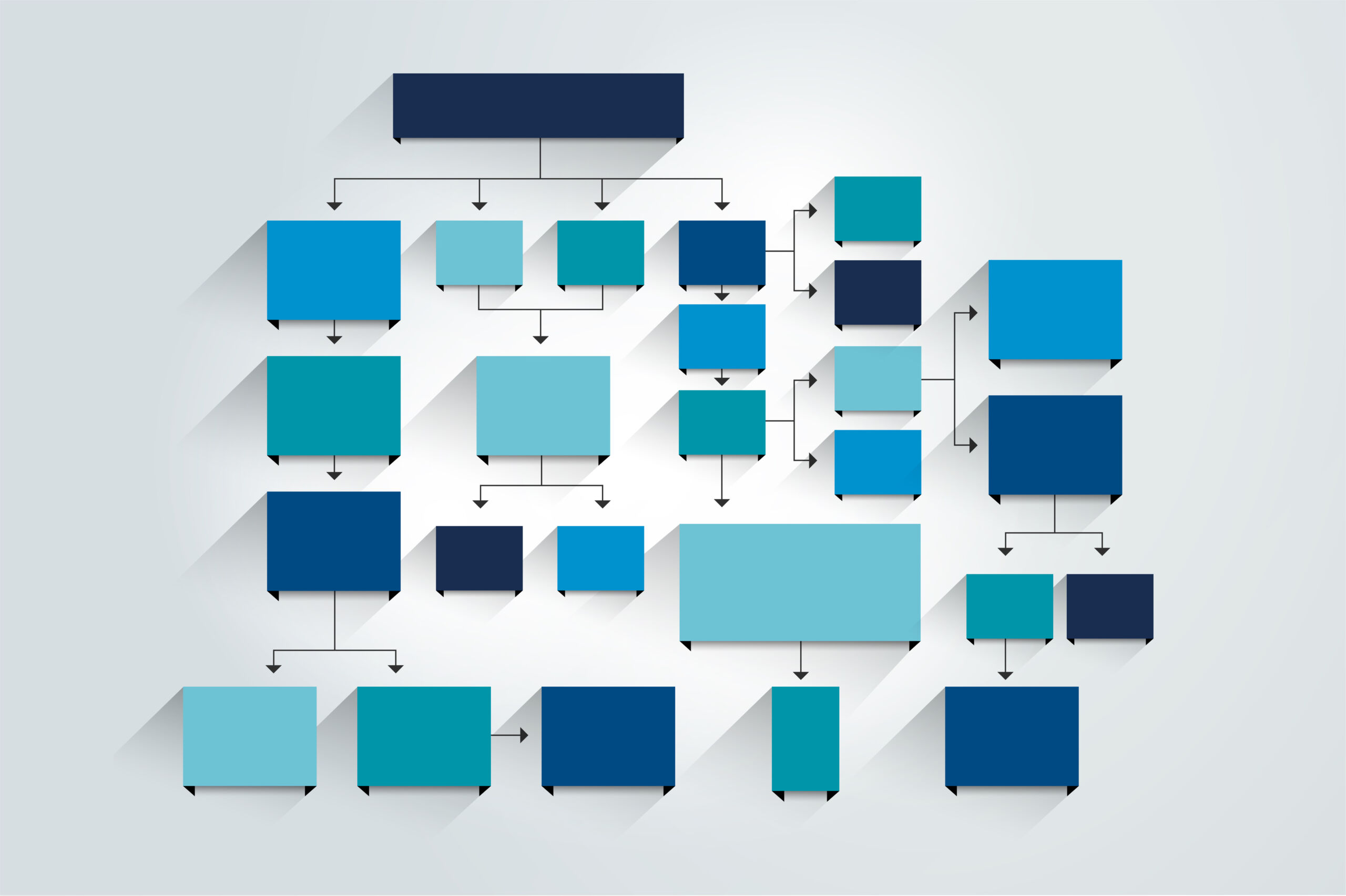For most companies, data flows in from all sources and gets stored by different departments in different systems. When this is the case, even the simplest questions about your customers or products become tricky to answer. Luckily, MDM, when combined with PIM, can help.

Keywords
For most companies, data flows in from all sources and gets stored by different departments in different systems. When this is the case, even the simplest of questions about your customers or products become tricky to answer accurately.
That’s where Master Data Management (MDM) can help. MDM tools are crucial for brands across all industries as they tackle common product and customer data challenges.
Master Data Management creates and manages a single, consistent, and accurate source of master data across an organization. It’s a category of software that centralizes and standardizes different data types, processing them from multiple systems within an enterprise to build a “Master” record. This master data is the essential data that is shared and reused across different systems and applications, including PIM tools.
Master data can be divided into four main data domains:
Think of MDM software like a big, universal filing cabinet for all your company's info, from customer names and addresses to product descriptions and inventory levels.
MDM platforms are IT-driven solutions that bring harmony to chaotic technology systems. Simply put, they provide a “golden record” (a.k.a. the “best version of the truth”) of essential business data that eliminates the potential for redundancy, duplication, and mistakes. They do this by synchronizing and standardizing data across the entire ecosystem, making MDM a valuable tool for establishing data policies and guidelines, regulatory compliance, and improving operational efficiencies.
This master record that’s created contains the customer, product, location, and business data that an organization needs to perform essential tasks more effectively, like marketing campaigns, service calls, or sales conversations.
MDM software usually includes data integration, data quality, and data governance capabilities. It also provides tools for managing the lifecycle of master data, from creation to retirement, ensuring data is up-to-date and relevant.
A tool for centralizing data and making your teams’ lives easier… sound familiar? That’s because MDM and PIM (Product Information Management) are both software solutions that help organizations manage and organize their data into a universal source of truth. Both MDM and PIM make it easier for everyone in the company to make important business decisions based on accurate and consistent information.
But while there are similarities between the two, don’t assume they’re interchangeable.
MDM tosses a wider data net, providing a single information source for all types of data. PIM, on the other hand, is technically a subset of MDM that specifically focuses on managing high-quality product information. PIM is typically used by marketing and sales teams to support their efforts in merchandising and advertising products.
I know what you're thinking – if MDM stores all data, and PIM stores only product data, why not forgo PIM for the “all-in-one” solution that MDM platforms appear to offer? Resist the temptation! MDM and PIM compliment each other to create an incredibly efficient system for marketing and sales teams, and ultimately, an enhanced product experience.
MDM platforms can aggregate product information from across the ecosystem into a single PIM system. This information is then enhanced by marketers and combined with assets within the PIM before being distributed across all of a company’s sales channels.
We know an MDM creates a universal data source for organizations, but why does that matter? Implementing an MDM system can have a big impact:
Of course, not all MDM platforms are created equal. Choosing the right MDM solution for your organization is the key to maintaining high-quality data and improving efficiency. Though every business will have its own needs, there are a few key features to look for in an effective MDM solution.
For example, you’ll likely want a platform that’s SaaS-based, which usually requires less upfront investment in hardware and IT infrastructure, and can be more flexible as your business grows.
Growth is also why you’ll want an MDM platform that’s customizable. As you scale, your data management needs may change, and your MDM solution should be able to adapt to those changes. Make sure that the one you choose offers the ability to customize workflows, data models, and more as needed.
Just as important as “customizable” is “composable.” Composable software communicates via API, and this means that each individual solution can be updated or replaced at any time without disrupting the rest of the system. A composable MDM solution also allows for easier integration with other technologies in your organization, such as PIM systems, data analytics tools, or other business applications. This can help you create a more seamless data management environment and avoid data silos.
Whether you're a small business just getting started or a large enterprise looking to streamline your data management, MDM software is worth adding to your stack. Not only can it help streamline data management processes, improve data accuracy, and boost consistency across the organization, it can also have a huge impact on your customer and product experiences. With the right MDM system, you can take control of your data management and unlock its full potential.

Discover what makes Akeneo more than just a workplace. From fostering a culture of care and work-life balance to providing opportunities for growth...
Read more
2024 has been a year to remember for Akeneo. For the third day of PXMas, we’re sharing the stories behind just a few of the prestigious awards...
Read more
The traditional methods that brands and retailers have been using to win customer's attention on the physical shelf for decades won't always...
Read more